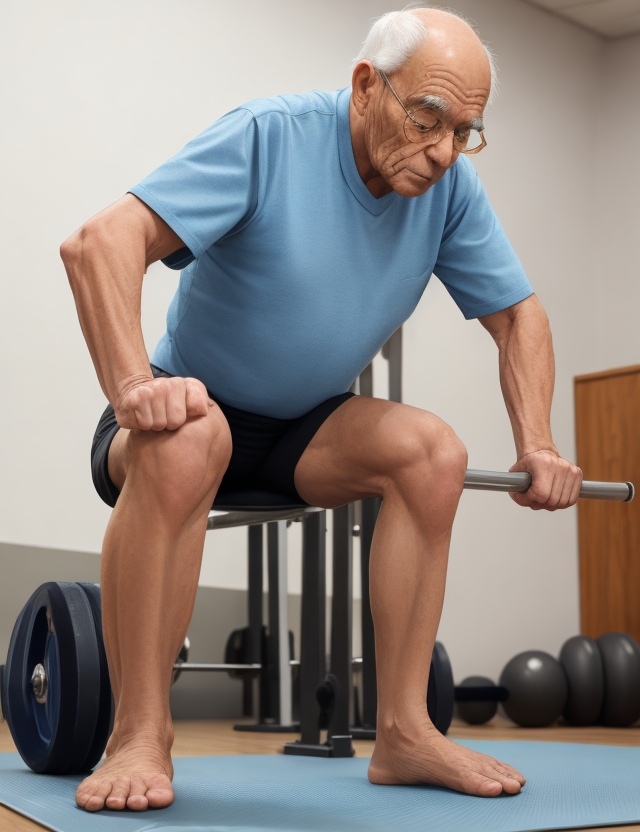Concussion Rehabilitation and the Application of Ten Movement Training Principles
Concussions, often underestimated in their impact, are a prevalent health concern. Millions occur globally each year due to various causes. This blog post delves into the evolution of concussion awareness and research, with a particular focus on diagnosis, prevention, and rehabilitation. In the complex world of concussion management, one tool that shines is the "Ten Movement Training Principles (MTPs)." These principles offer a comprehensive guide for concussion rehabilitation, aiding clinical reasoning and fostering innovation in this dynamic field.
Understanding the Complexity of Concussions:
Concussions are complex injuries. They demand comprehensive assessments across multiple healthcare disciplines and settings. Elite athletes, in particular, face intricate recovery processes involving physical, cognitive, and psychological evaluations. It's a multifaceted journey where collaboration among diverse experts is paramount. The Ten Movement Training Principles (MTPs) are a key aspect, providing a shared language for concussion rehabilitation.
A Focus on Actual and Predicted Bodily State:
In the realm of concussion rehabilitation, addressing the "Actual and predicted bodily state" principle from the MTPs is vital. Concussions can disrupt proprioceptive awareness, spatial cognition, and decision-making. The post-concussion period demands innovative interventions that improve spatial cognition, ultimately contributing to injury prevention and safe re-entry into the world of work or play.
Feedback in Rehabilitation:
Feedback plays a crucial role in rehabilitation, involving external and internal cues. After concussions, individuals may become overly reliant on visual and vestibular feedback, which can affect postural stability. Vestibular rehabilitation is an effective strategy for reducing dizziness and enhancing balance. Moreover, reduced cortical excitability leads to diminished muscle activation, emphasizing the need for structured sensory input integration in training strategies.
Beyond Symptom Reporting:
Concussions have traditionally relied on symptom reporting for diagnosis and recovery. However, excessive symptom focus can lead to anxiety and low confidence, potentially delaying recovery. Objective tests that don't rely on symptom reporting are essential to create effective rehabilitation plans.
Error-Based Learning and Reward-Based Learning:
Both error-based learning and reward-based learning are key to gaze stability and balance training, which are essential in post-concussion rehabilitation. Cognitive processes, including executive function and reaction times, are affected post-concussion, requiring consideration in training programs and assessment. Faster reaction times have been linked to a lower risk of head impact injuries in sports.
The Power of the Ten Movement Training Principles (MTPs):
The Ten Movement Training Principles (MTPs) offer a comprehensive framework for designing individualized concussion rehabilitation programs. They encompass various aspects of recovery, including feedback, practice with variability, biomechanics, physical activity, attentional focus, beliefs, and self-efficacy. These principles play a significant role in using emerging technologies like virtual reality and eye tracking in concussion rehabilitation.
Driving Progress in Clinical Care:
The current evidence supports the potential for effective interventions in various domains impacted by concussions. These interventions can improve recovery outcomes, reduce recovery time, and minimize the risk of secondary concussions and complications like mental health issues and employment loss. The Ten Movement Training Principles (MTPs) offer a common framework to promote collaboration across diverse fields and foster innovation in multidisciplinary concussion rehabilitation. This framework may drive progress in clinical care and research in this dynamic area of practice.













Comments
Post a Comment